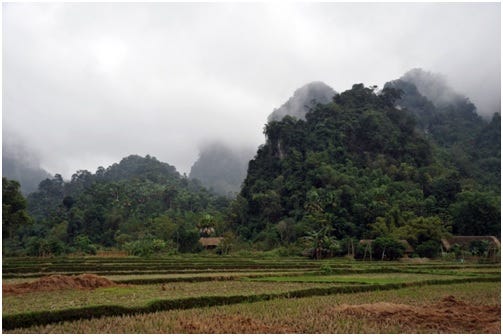Conservationists and Communities Unite to Save an endangered Primate
The Francois Langur in Vietnam

By: Gregory McCann
Way up in northern Vietnam, tucked away in the karst jungle between Hanoi and China in Tuyen Quang province, sits a conservation landscape surrounded by a mosaic of agriculture, forestry, and village settlements, a microcosm of much of the region’s protected areas today.
But what sets it apart are the Francois langur monkeys, listed by …
Keep reading with a 7-day free trial
Subscribe to Asia Sentinel to keep reading this post and get 7 days of free access to the full post archives.
